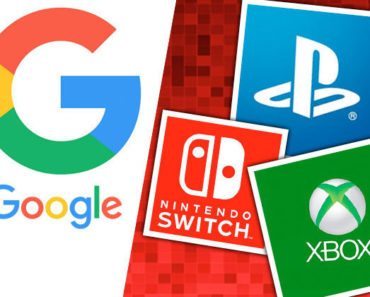
LinkedIn is the top online site for professional, social and career networking. The site functions as an online directory of individual professionals and organizations and facilitates the process of professional networking without having to leave your office.
As of late 2018, LinkedIn had more than half a billion members in more than 200 countries, including executives from all of the Fortune 500 companies.
While individuals use LinkedIn for professional networking, connecting, and job searching, companies use it for recruiting and for sharing company information with prospective employees.
Below you will find some quick tips on how to use LinkedIn effectively, along with links to more in-depth articles on each topic to help you make the most of all the resources and tools LinkedIn has to offer.
Getting Started
You’ll find it quick and easy to get started using LinkedIn. Start by signing up for an account and create your online profile. The site offers two main tiers of membership: Basic and Premium. The Premium tier has four subcategories: Premium Career, Sales Navigator, Recruiter Lite, Premium Business, LinkedIn Learning, each with its own cost.
The Basic account offers features such as messaging, profile creation, and ways to apply to job postings, while the Premium accounts have added features and resources to expand your online presence and let you get more out of the service.
Why Use LinkedIn?
LinkedIn offers useful resources for job seekers, providing information, acting as a billboard to highlight your unique value proposition, and making your information public for recruiters who may be looking for what you have to offer.
Choose a Professional Photo
You’ll want to make a good first impression on anyone who views your profile, and a big part of that is the picture you choose. You should opt for a professional-looking photo rather than a casual shot. You don’t necessarily have to shell out big bucks for a head shot, but care should be taken when choosing the right clothes, background, lighting, etc., for your LinkedIn profile picture.
Write a Good Profile Summary
Your LinkedIn profile summary is a chance to put your best foot forward, especially if you are interested in new job opportunities. LinkedIn has a 2,000-character limit for this section, and you want to make the most of it. The company recommends writing three to five short paragraphs and leaving plenty of white space so readers’ eyes don’t glaze over when they land on your page. The company also suggests using short, tight sentences, avoiding jargon, writing in the first person, and using keywords.
Don’t be afraid to inject some of your personality into your profile summary to make it memorable, but steer clear of anything that seems too unprofessional or could be controversial. Finally, make sure you proofread this section carefully, as you would a cover letter for a job application. Typos and sloppy writing will send the wrong signal.
Improve and Tweak Your Profile
In addition to a summary, your LinkedIn profile can contain your work experience, education, skills, and endorsements and recommendations from others in your network. Your profile helps you get found on LinkedIn because it contains searchable keywords in the information you post about yourself.
Your profile benefits from including relevant keywords that search engines and hiring managers look for. Including these buzzwords in your summary, interests, former job titles, and skills can help you stand out.
How Big Should Your Network Be?
How many people do you need in your LinkedIn Network to make it an effective tool for job searching and career networking? The short answer is, it depends. The right connections are more important than the actual number of connections you have. Ideally, you want connections that are relevant to your line of work, that can potentially lead you to a job opportunity, or can provide valuable advice.
Applying for Jobs on LinkedIn
Job seekers can search and apply for jobs directly in LinkedIn. In addition, you can view and contact your LinkedIn connections who may be able to refer you for a job.
Targeted searches such as the advanced people or company finders can sharpen your scope and help you find exactly what you are looking for. You can filter the advanced search by location, industry, alumni status, or number of employees to get more concise, specific search results.








